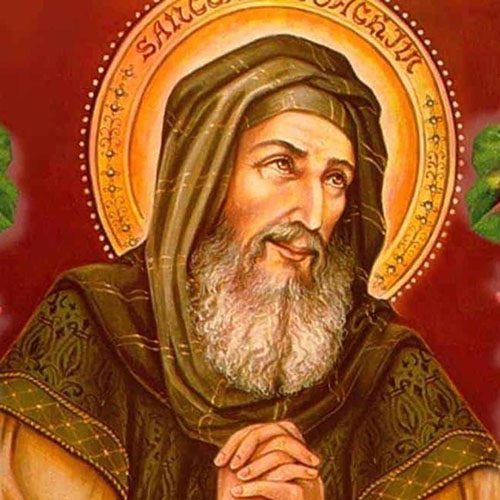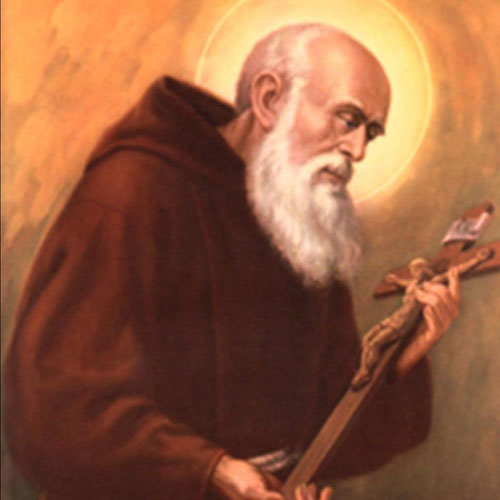

Notker Balbulus
Born: 1840Died:
Education: Monk of Saint Gall
Career: Monk of Saint Gall
Monk and author, b. about 840, at Jonswil, canton of St. Gall (Switzerland); d. 912. Of a distinguished family, he received his education with Tuotilo, originator of tropes, at St. Gall's, from Iso and the Irishman Moengall, teachers in the monastic school. He became a monk there and is mentioned as librarian (890), and as master of guests (892-94). He was chiefly active as teacher, and displayed refinement of taste as poet and author. He completed Erchanbert's chronicle (816), arranged a martyrology, and composed a metrical biography of St. Gall. It is practically accepted that he is the "monk of St. Gall" (monachus Sangallensis), author of the legends and anecdotes "Gesta Caroli Magni". The number of works ascribed to him is constantly increasing. He introduced the sequence, a new species of religious lyric, into Germany. It had been the custom to prolong the Alleluia in the Mass before the Gospel, modulating through a skillfully harmonized series of tones. Notker learned how to fit the separate syllables of a Latin text to the tones of this jubilation; this poem was called the sequence (q.v.), formerly called the "jubilation". (The reason for this name is uncertain.) Between 881-887 Notker dedicated a collection of such verses to Bishop Liutward of Vercelli, but it is not known which or how many are his. Ekkehard IV, the historiographer of St. Gall, speaks of fifty sequences attributable to Notker. The hymn, "Media Vita", was erroneously attributed to him late in the Middle Ages. Ekkehard IV lauds him as "delicate of body but not of mind, stuttering of tongue but not of intellect, pushing boldly forward in things Divine, a vessel of the Holy Spirit without equal in his time". Notker was beatified in 1512. -Ref Catholic Encyclopedia

